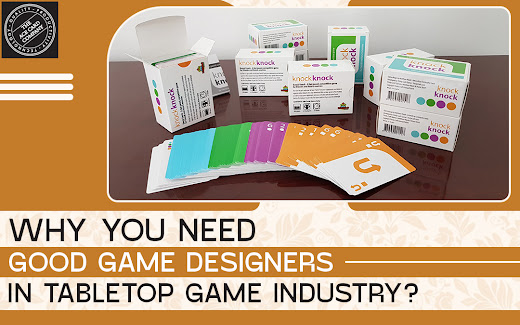The 5 Most Important Aspects to Consider When Making a Card Game
You may have heard that a plethora of card game printing is available now, each vying for the player's time and money. To create a popular card game, consider the following 5 tips to provide a great experience for gamers.
Acknowledge your target market
You need to determine your target audience for the card game you're about to create. It's probably evident that you can't make a card game that everyone will enjoy. You'd rather design a card game for a niche demographic.
If you're making a fantasy-themed customize card game, develop it with role-playing game enthusiasts in mind. Only those that share your target demographic's interests and aesthetic preferences will likely play the game you're producing. You must first understand their preferences to make your game successful with a certain demographic.
Game research is essential
Audience research is just half the puzzle. Due to the popularity of card games throughout the years, a wealth of resources are available to you as a budding card game creator. Card games range from ancient traditions to cutting-edge innovations for setting your creation apart from the pack.
One method to customize card game is with a special theme. Classic forms sit alongside fantasy, science fiction, general information, and sports-themed alternatives. Adding the element of interaction between players is another fantastic approach to putting a distinctive spin on a card game.
Be authentic
After settling on a direction for your card game based on your study, staying true to your original concept is important. But don't get stuck trying to make something so revolutionary that no one will ever hear of it; instead, make something uniquely you but fitting into a certain category.
This is particularly crucial if you're working on a card game printing with a familiar theme. For example, maybe you have a concept for a fantasy-themed card game. You may use the fact that many fantasy card games are already on the market to your advantage.
Make a hook
After developing a theme and basic concept for your card game, you should create a hook to make your game stand out from the competition. Take a cue from Star Wars if you're making a science fiction card game and split the deck into two categories: characters and events. Dice may be a great way to add strategic complexity and breadth to your fantasy-themed card game's design.
Give the gamers some real-world options
Providing players with meaningful options is an important component of customize card game design. That implies there should be room for individual strategy with every round. This is paramount because card games depend so largely on seemingly random combinations of cards. You might make a card game and assemble a mission team by selecting and combining various characters. Each one may have a unique function, personality, and abilities.
Conclusion
Creating your deck of cards is simpler than you think, whether for a game or just for fun. You only need a top-notch graphics application and an idea of the kind of cards you intend to make. The day's goal is to figure out how to balance the deck and the rules of a new game. When you have mastered this ability, you can print and reprint the cards until they are right.

.jpg)


Comments
Post a Comment